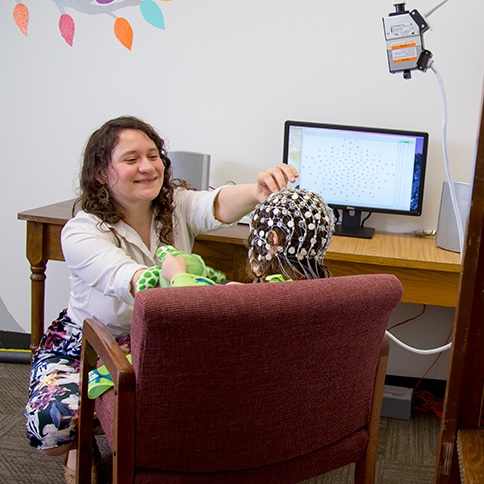Evidence-Based Interventions for Autism: Clinical Trials
EBIA-CT Database
A comprehensive scientific platform synthesizing evidence from over 400 clinical trials (25,000+ participants) to support informed decision-making about autism interventions across the lifespan.



Making informed shared-decision making in clinical practice possible
EBIA-CT bridges the gap between scientific results and clinical practice, by making complex evidence accessible to all stakeholders involved in autism care.
Shared decision making
Facilitates collaborative discussions between healthcare professionals, individuals with autism, and their families by providing clear, accessible evidence about intervention efficacy and safety.
Comprehensive evidence
Constitutes the largest database of scientific data on complementary/alternative and psychosocial interventions in autism (pharmacological interventions coming during summer 2025), providing the most complete picture of available treatment options.
Transparent methodology
Employs a rigorous methodology, with all data on the website validated through publication in high-impact scientific medical journals, ensuring reliable and unbiased information for informed decision-making
Watch our platform overview to learn how to navigate EBIA-CT
How EBIA-CT was created
The largest scientific evidence synthesis of the interventions effects for autism to date.
Comprehensive literature search
Systematic searches across 5 major scientific databases identified over 7,000 potentially relevant publications, ensuring no significant evidence was overlooked in our synthesis.
Rigorous selection
Trained reviewers evaluated the methodological quality of each meta-analysis using a validated tool: each result presented in the intervention/preference sections is coming from the highest-quality scientific paper available to date (even if some areas were still covered only by low-quality papers).
Advanced statistical re-analysis
All meta-analyses were re-computed using consistent statistical methods, providing standardized effect sizes and objective confidence ratings across all interventions.
Interactive platform development
Results were transformed into an accessible, user-friendly platform with input from clinicians, researchers, and autism community members to ensure practical utility.
Published in leading scientific journals
The methodology and findings have been peer-reviewed and published in several of the field's most prestigious journals:
Project Leaders










Core Members of the Team
















at Chapel Hill, US





